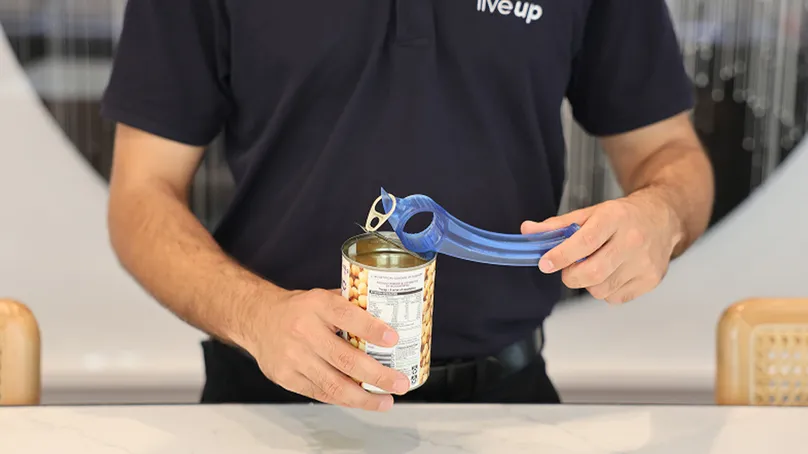Assistive products
Designed to make life easier, assistive products can help you stay independent for as long as possible. With hundreds of products selected by LiveUp's clinical experts, you can age your way. LiveUp is powered by a not-for-profit, so we don't make any money from these suggestions.
What are assistive products?

Assistive technology (AT) is any product designed to make everyday tasks easier. Using assistive products can help you maintain and improve your quality of life as you get older.
You can age your way with hundreds of helpful gadgets selected by LiveUp's clinical experts. To get started, you can peruse suggestions for useful tools when it comes to:
Small choices, simple changes, and assistive products can dramatically improve your health in a very short amount of time. Better yet, the cumulative effects keep delivering positive benefits!
Take charge
Research shows people fear losing their independence as they age. But you can improve your independence! Did you know that making healthy choices and using assistive products works? Both can help you regain and then maintain your ability to do everyday tasks.
Feel empowered
Studies show that roughly 50% of the common problems older people have with everyday tasks can be improved. You can reduce the challenges you face by using basic assistive products or by making simple changes to your home.
Helping hands
Get the right help for you! An occupational therapist can help you find and use assistive products. A professional tradesperson can make sure changes to your home are right for you, while meeting Australian Standards.